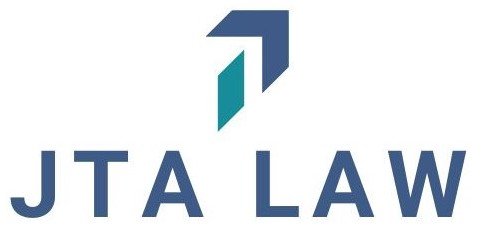Did you know? Three workplace health and safety laws which may surprise you
It has never been more important for employers to be familiar with workplace health and safety laws. During a time when many employees continue to work under a ‘hybrid’ model, living with COVID-19 has become part of the ‘new normal’ and social media usage is prevalent, it is essential to review your workplace policies to ensure that they reflect the current legislation in your state or territory.
Here we provide three facts about workplace health and safety which you may not be aware of:
Workplaces must ensure that an adequate number of employees are trained to administer first aid
Clause 42 of the Work Health and Safety Regulations requires employers to provide access to an adequate number of trained first aiders.
State Regulations specify the number of trained first aiders required in the workplace. This number depends on the number of employees and whether the workplace is ‘high’ or ‘low’ risk.
In New South Wales (‘NSW’) the Code of Practice FirstAid in the Workplace outlines that there should be one trained first aider for every 50 employees in low
With many workplaces adopting a staff rotation system to accommodate working from home, it is essential for employers to ensure that these requirements are satisfied.
There are specific laws in place regulating how employers can monitor their employees’ social media
The growth of social media has created many risks for employers. It requires strict control and monitoring to ensure that health and safety risks are minimised and that the risk of legal liability is reduced.
There are specific legislative requirements in place across Australian jurisdictions that determine how employers can monitor their employees’ social media use.
For example, in NSW, the Workplace Surveillance Act 2005 (NSW) restricts circumstances in which an employer can engage in surveillance, including computer surveillance, of employees while they are in the workplace or ‘at work’.
Section 10 requires a notice of surveillance to the employee. Otherwise, the surveillance is considered ‘covert’ which is prohibited without court authority.
Section 17 also provides that employers cannot lawfully prevent a worker from accessing an internet site unless they are acting in accordance with a policy of which employees have been notified in advance.
Workplace cyberbullying has changed
Social media becomes a workplace health and safety issue for employers when it leads to cyberbullying.
In Rachel Roberts v VIEW Launceston Pty Ltd as trustee for the View Launceston Unit Trust T/A View Launceston [2015] FWC 6556 the Fair Work Commission (‘FWC’) considered that an employee who un-friended a colleague on Facebook had contributed to workplace bullying, given that this occurred shortly after the colleague made a bullying complaint.
It is also important for employers to recognise that cyberbullying can be work-related even if it occurs outside of work hours on personal devices: Bowker and Others v DP World; Maritime Union of Australia [2014] FWCFB 9227.
If you are an employer and require assistance to ensure that your workplace health and safety policies are up to date, please feel free to get in touch with us.
